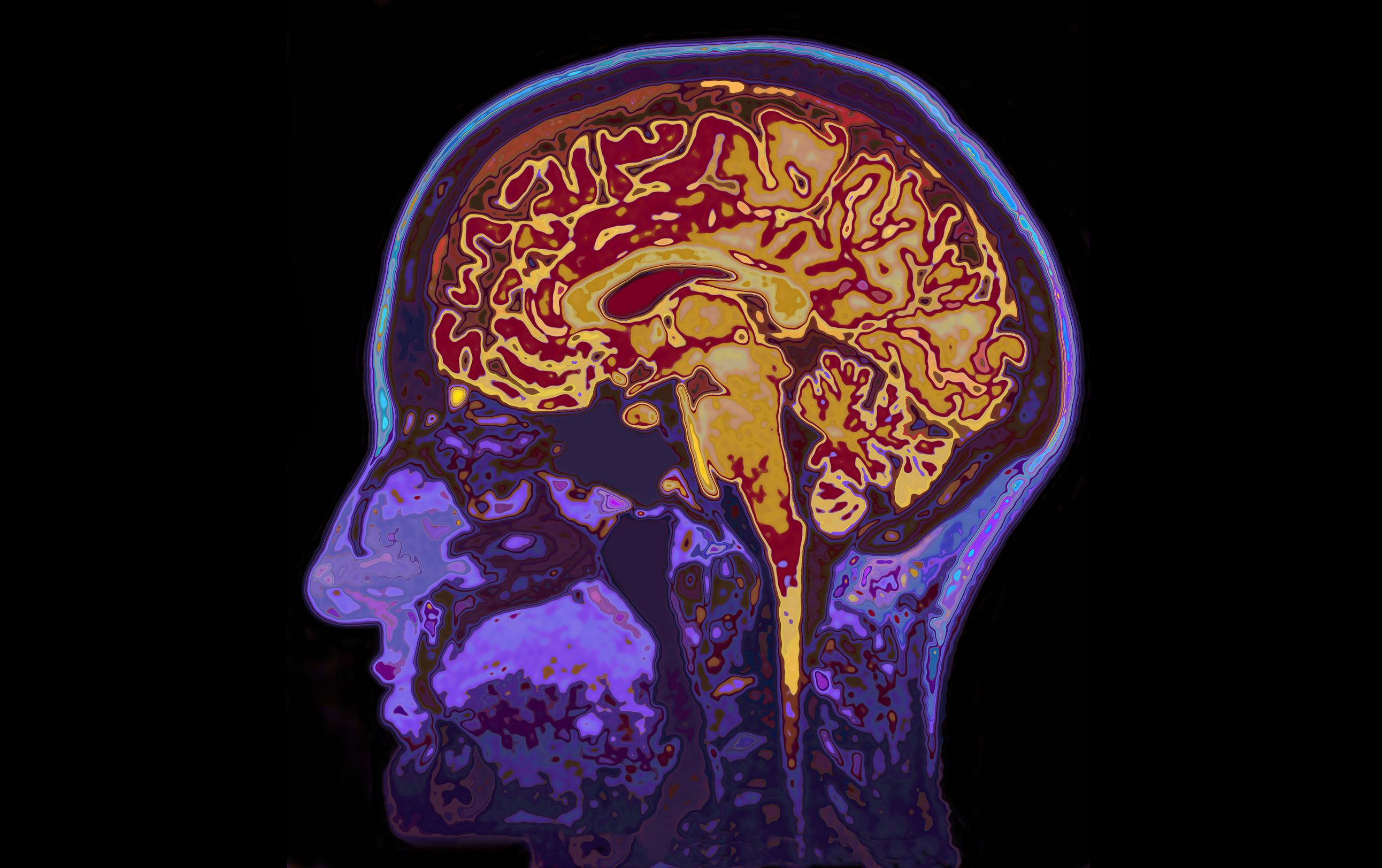What’s This Research About?
Does a consistent yoga practice contribute to changing brain anatomy?
This study examines differences in brain anatomy between experienced yoga practitioners and control subjects using structural magnetic resonance imaging (MRI).
Researchers also examined which aspects of a weekly yoga practice (postures, breath control and meditation) contributed most to brain size.

TITLE: Neuroprotective effects of yoga practice: age, experience and frequency dependent plasticity
PUBLICATION: Frontiers in Human Neuroscience
DATE: May 2015
AUTHORS : Chantal Villemure, Marta Čeko, Valerie A. Cotton and M. Catherine Bushnell
Gray Matter (GM): brain tissue that consists of neuron cell bodies and dendrites
Neuroplasticity: the ability of the brain to change its structure and function throughout the lifespan
Neuroprotective: an agent that preserves either neuron structure or function
Structural magnetic resonance imaging (MRI): a technique that indirectly measures brain anatomy differences
Voxel-Based Morphometry (VBM): an analysis technique that utilizes complex statistics to determine brain volumes

